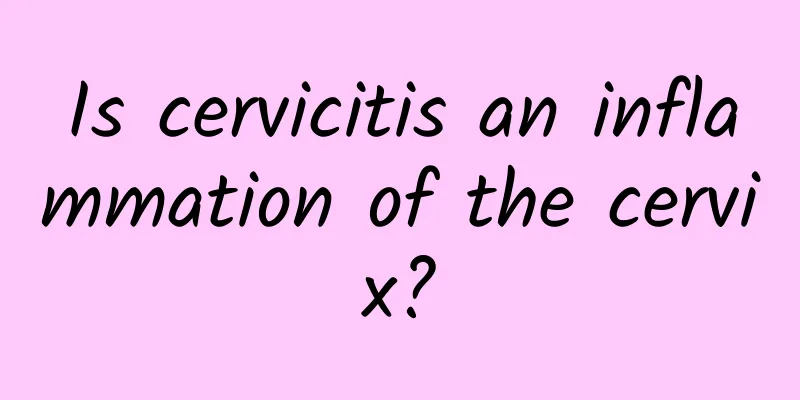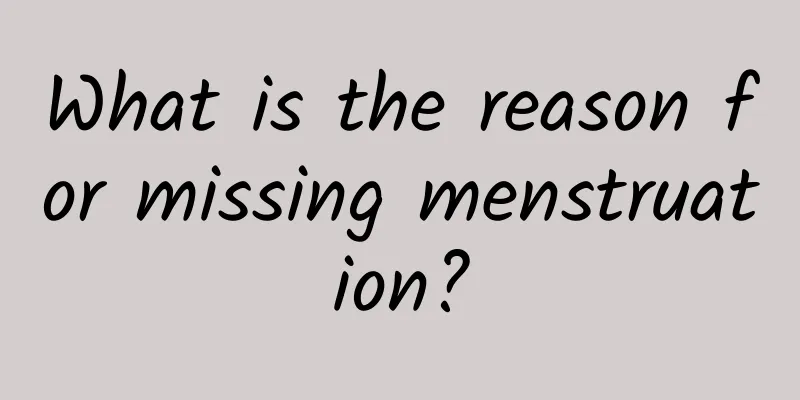What is locked-in syndrome called in Chinese medicine?

|
Locked-in syndrome is called "paralysis" or "closed syndrome" in traditional Chinese medicine. It is a disease characterized by limb paralysis and clear consciousness. Traditional Chinese medicine believes that its cause is mostly related to blood stasis, meridian blockage, and organ dysfunction. Treatment should start with dredging meridians and regulating blood, combining acupuncture, Chinese medicine, massage and other methods. 1. Qi and blood stasis Stagnation of Qi and blood is one of the important causes of locked-in syndrome. Long-term emotional distress, trauma or chronic diseases can lead to poor circulation of Qi and blood, which in turn causes limb paralysis. Traditional Chinese medicine often uses blood-activating and blood-dissolving drugs, such as Danshen, Chuanxiong, and Safflower, to promote the circulation of Qi and blood. Acupuncture points are mainly Zusanli, Hegu, and Quchi to help dredge the meridians. 2. Blockage of meridians Meridians are channels for the circulation of qi and blood. If the meridians are blocked, the function of the limbs will be limited. Traditional Chinese medicine uses massage and cupping to dredge the meridians. Commonly used acupoints include Jianjing, Fengchi, Weizhong, etc. At the same time, traditional Chinese medicine such as cinnamon twig, Qianghuo, and Duhuo can be used to warm the meridians and improve the ability of limbs to move. 3. Dysfunction of internal organs Locked-in syndrome is closely related to dysfunction of the heart, liver, spleen, kidney and other internal organs. Traditional Chinese medicine emphasizes overall conditioning and often uses Chinese medicine that nourishes the internal organs, such as astragalus, codonopsis, and rehmannia, to enhance body functions. In terms of diet, you can eat more ingredients such as yam, red dates, and wolfberry to help regulate the internal organs. 4. Acupuncture and massage Acupuncture is an important method for treating locked-in syndrome. Commonly used acupuncture points include Baihui, Fengfu, Yanglingquan, etc., which help restore nerve function. Tuina promotes local blood circulation and relieves muscle stiffness through manual massage. The combination of the two can significantly improve symptoms. 5. Chinese medicine conditioning Traditional Chinese medicine treatment of locked-in syndrome focuses on syndrome differentiation and treatment. For qi and blood deficiency, Bazhen Decoction can be used; for phlegm and dampness blockage, Erchen Decoction can be used; for liver and kidney yin deficiency, Liuwei Dihuang Pills can be used. Specific medication should be used under the guidance of a traditional Chinese medicine practitioner. The treatment of locked-in syndrome requires the comprehensive use of various methods of traditional Chinese medicine, starting from dredging meridians, regulating qi and blood, and nourishing internal organs, combined with acupuncture, massage, Chinese medicine and other means to gradually restore limb function. Patients should actively cooperate with treatment, maintain a good attitude, and pay attention to diet conditioning to promote recovery. |
<<: Can I run and jump rope if I have an enlarged cervix?
>>: What are the symptoms of ectopic pregnancy?
Recommend
Do you know the symptoms of vulvar leukoplakia?
Vulvar leukoplakia is a common gynecological dise...
Female friends: Do you know the symptoms of vaginitis?
What are the symptoms of vaginitis in women? Do y...
What methods can effectively treat cervical erosion? 5 methods are most effective in treating cervical erosion
What are the treatments for female cervical erosi...
Things to note after surgery for ectopic pregnancy
Many women think that everything will be fine aft...
Premature menopause in infertile women may lead to the development of uterine fibroids
There are many causes of uterine fibroids, and th...
Causes of ectopic pregnancy in the fallopian tube
The most common site of ectopic pregnancy is the ...
What are the symptoms of menopausal menstrual disorders and how to deal with them?
It is known that menopause will cause a series of...
Decreased immunity may lead to adnexitis.
A decrease in immunity is likely to cause adnexit...
Hanging from the beam and piercing the thigh! "Drip classes" appear in Hubei universities in China
The "joint college entrance examination"...
What is the cause of female adnexitis?
Many women suffer from adnexitis, which causes so...
Motherwort diet therapy is effective in treating irregular menstruation
Motherwort is a traditional Chinese medicine that...
How long does it take to get pregnant after a miscarriage, and how should I adjust?
For couples who want a baby, if an accident happe...
Are there any side effects of taking Xiaoyao Pills during menopause?
It is not necessarily appropriate for menopausal ...
Does frequent sexual activity easily lead to cervical erosion? What should I do if cervical erosion recurs?
Patients with cervical erosion are mostly married...
Which hospital is reliable for treating threatened abortion?
Nowadays, many pregnant women experience vaginal ...









